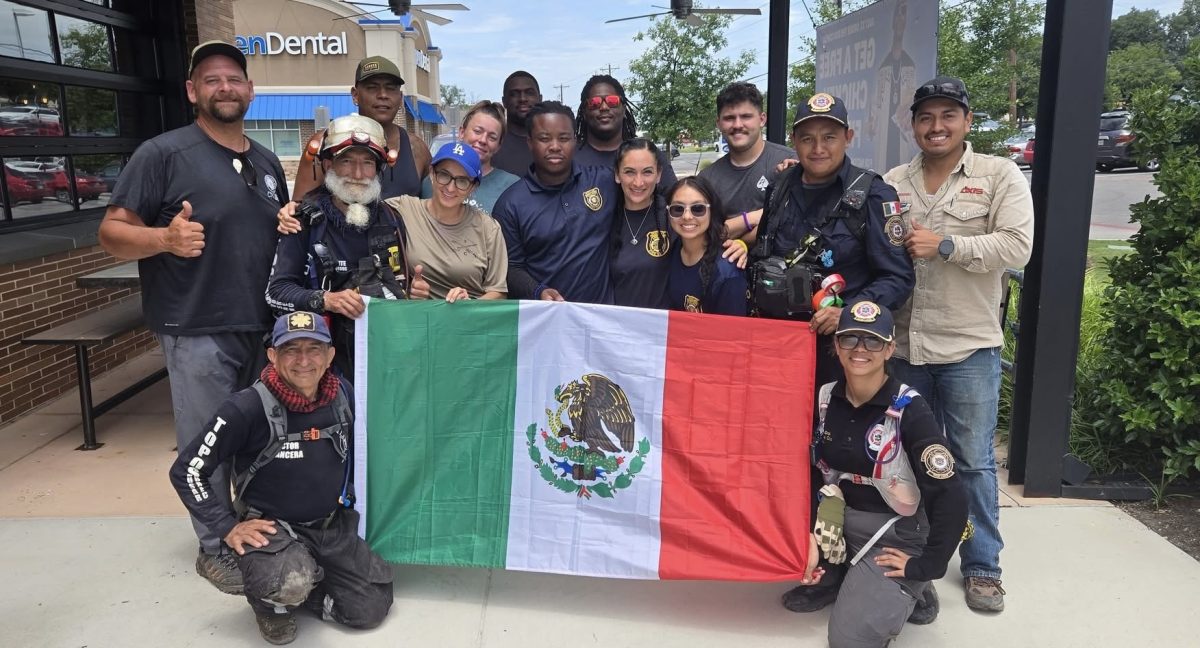Seasonal Affective Disorder (SAD), otherwise known as seasonal depression, was first identified in 1984 by The National Institute of Mental Health. Signs of seasonal depression usually start to show themselves mid to late fall through the early days of spring, and around 10 million Americans experience this form of depression.
While it is more common to experience SAD at the end of the year, the spring and summer months unfortunately lead to increased suicide rates. Specifically with teen and young adult males, there has been a rise in the number of suicides after graduating from LFHS.
According to the CDC, suicide rates for young adults ages 10–24 years old has more than doubled in the past 20 years, increasing 52.2% between 2000-2021.
“I think that unfortunately, people of all age groups from 13 to 93 are struggling with mental health issues, but we always see a peak challenge for mental health during life transition periods,” social worker Daniel Maigler said.
Some of these transitional periods occur after high school and college graduation when priorities and experiences are significantly changing.
“Right after high school and right after college, movies, books, television, and family stories tell us that we are supposed to be having the time of our lives. Anyone who isn’t feeling fantastic all the time feels like they are failing, like there is something wrong with them,” said Maigler.
The same study from the CDC said that young adults who are 10–24 years old account for 15% of all suicides. The second leading cause of death for this age group is suicide, accounting for 7,126 deaths.
Meg Kissinger is an award winning journalist who specializes in writing about mental health and her personal experiences with suicide in her own family. Author of While You Were Out: An Intimate Family Portrait of Mental Illness in an Era of Silence, Kissinger tells a heartfelt story that touches on the grief and trauma she has faced after loosing some of her loved ones to suicide.
Last month, Kissinger visited students at LFHS to speak about her experience growing up surrounded by family members with mental health struggles.
“I believe the biggest obstacle to helping people with suicidal thoughts is fear. We are scared to ask them to talk about those feelings because we worry that we are putting ideas into their heads,” Kissinger said. “The truth is, those ideas are already there. We need to find the courage and the patience to let them talk about their feelings and let them know that we understand.”
With May being Mental Health Awareness Month, LFHS has worked to build a more supportive school community that focuses on advocating for mental health support with the establishment of the Wellness Walk.
The Wellness Walk started 14 years ago in 2010 after three LFHS alum committed suicide in the same year. This day was focused on spreading awareness for social and emotional learning while also honoring these three students, whose loss left a permanent mark on the community. Starting in 2016, this became an annual event that is meant to encourage students to take time to slow down and reflect on their mental health during a stressful time of year.
There are an abundant amount of mental health resources that are open to students at LFHS who may need support or a place to voice their concerns.
While the LFHS community provides students access to various support systems such as social workers and psychologists, it is also important to help students prepare for how they will deal with their mental health after graduating and moving on to a new chapter in their lives.
“What we need to do is help each high school student to begin to define what they want success to look like for them at 26, 46, 66… and realize that it doesn’t matter what anyone else is doing, you are the only judge if you are living a life of meaning,” Maigler said. “Without that definition of success, we are asking people to run a race with no finish line. Is it any wonder that they are exhausted? Let’s help everyone to create a reasonable vision of success and a meaningful life.”
For most students, starting college or starting life post-grad is one of the biggest challenges they have ever faced. It can be extremely stressful and difficult to manage priorities. Most of the time, figuring out logistical information and completing tasks on a day to day basis becomes more prevalent than one’s social and mental well being.
“Suicidal ideation is actually a natural response to long term or highly acute emotional pain. Your brain is trying to protect you from pain. At a certain point it may reason, no life no pain. This is not illogical but it is irrational, in that there are many better ways to get rid of the pain,” Maigler said. “When a person is deeply depressed, they lose cognitive flexibility and the ability to think of novel solutions to problems, so their brain gives them the simplest answer.”
In 2022, suicide was responsible for 49,476 deaths, which is about one death every 11 minutes. Yet, the amount of people who attempt suicide or think about commiting suicide is even higher. In the same year, 1.6 million American adults attempted suicide, 3.8 million planned a suicide attempt, and 13.2 million considered suicide as an option.
“If we break it down and take life one day at a time — or even one hour or minute at a time — we can find the strength we need to power through. It’s crucial to slow down — breathe, look around, search for the beauty around us. It’s there. Commit tiny acts of kindness. Start small and build from there. Find ways to reach out to someone who is hurting and show that you care. It does make a difference,” Kissinger said.
Many professionals at LFHS advocate that students should reach out if themself or someone they know is struggling with their mental health. Both Maigler and Kissinger believe that it is crucial to break the stigma around mental health issues and suicide.
“The biggest gift you can give to a person who is struggling is to validate their feelings and sit with them in their pain without needing to fix it or change it,” Maigler said.
If you are struggling with mental health issues and have ever had suicidal thoughts, do not hesitate to contact a social worker who is available to you or call 988, the suicide and crisis lifeline.
This story was originally published on The Forest Scout on May 9, 2024.


































